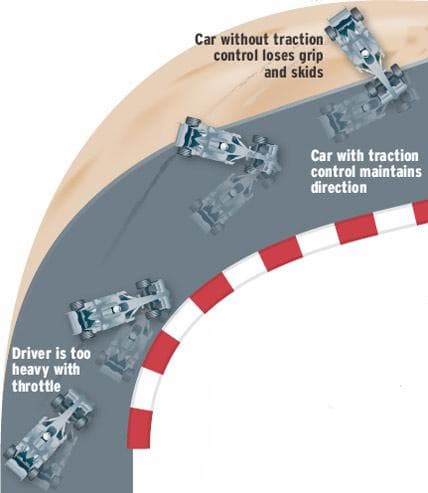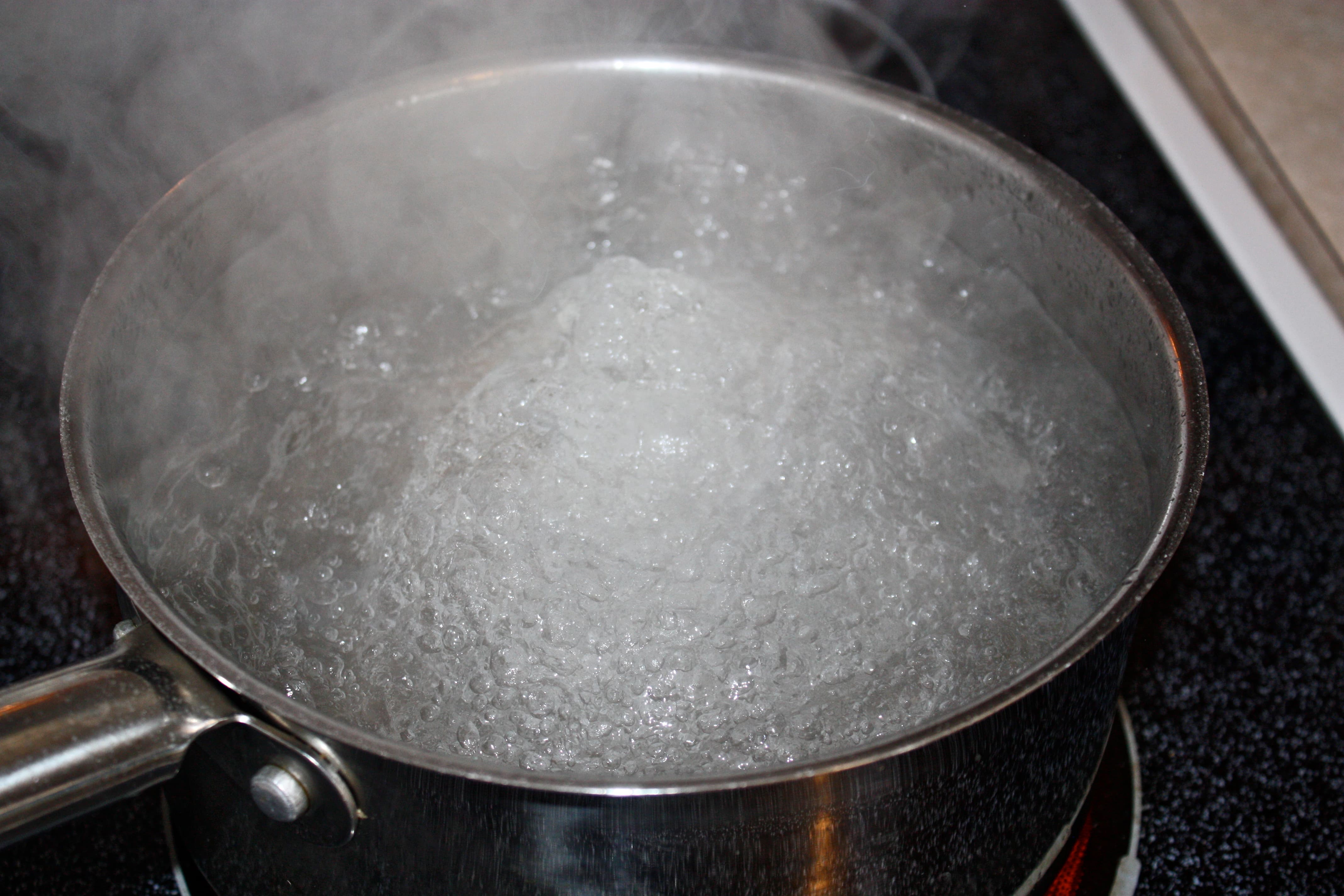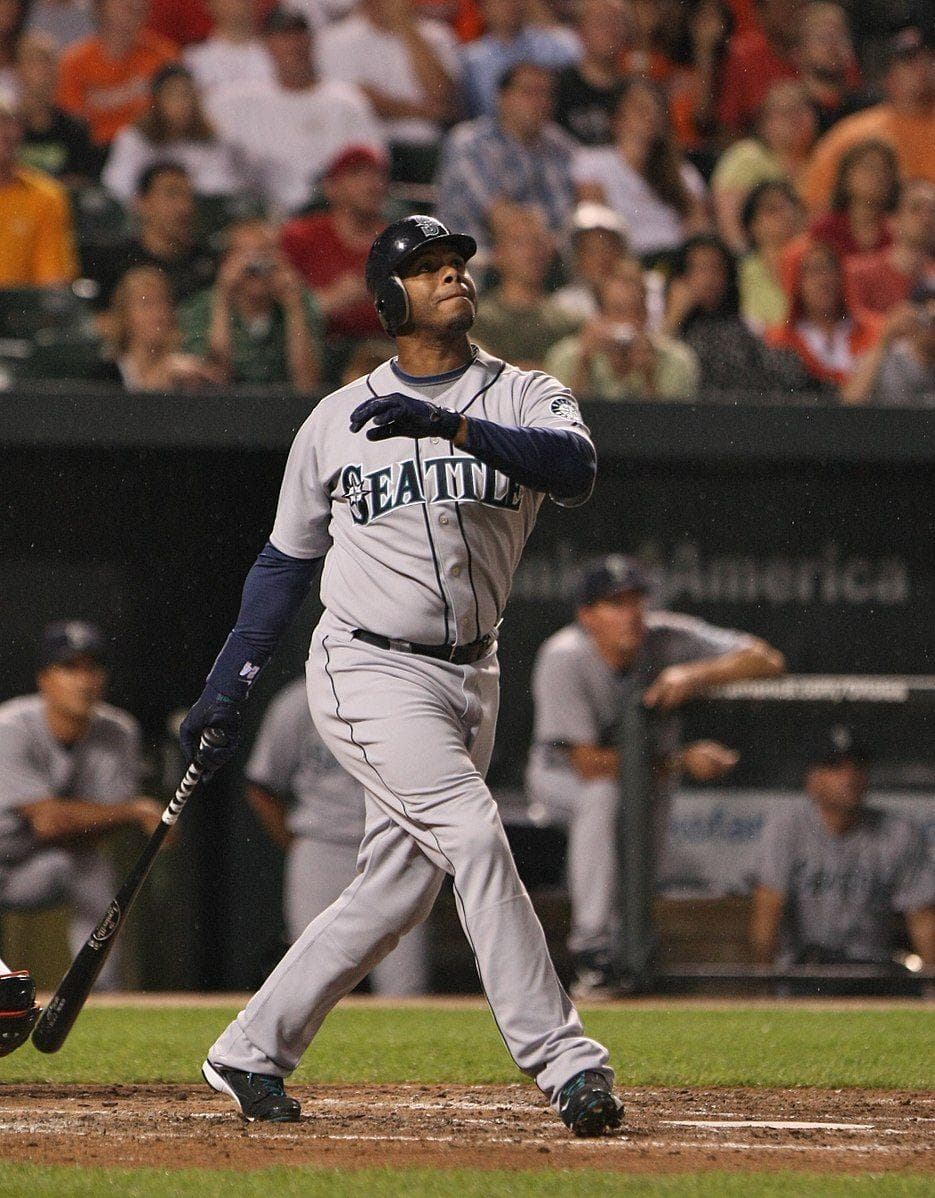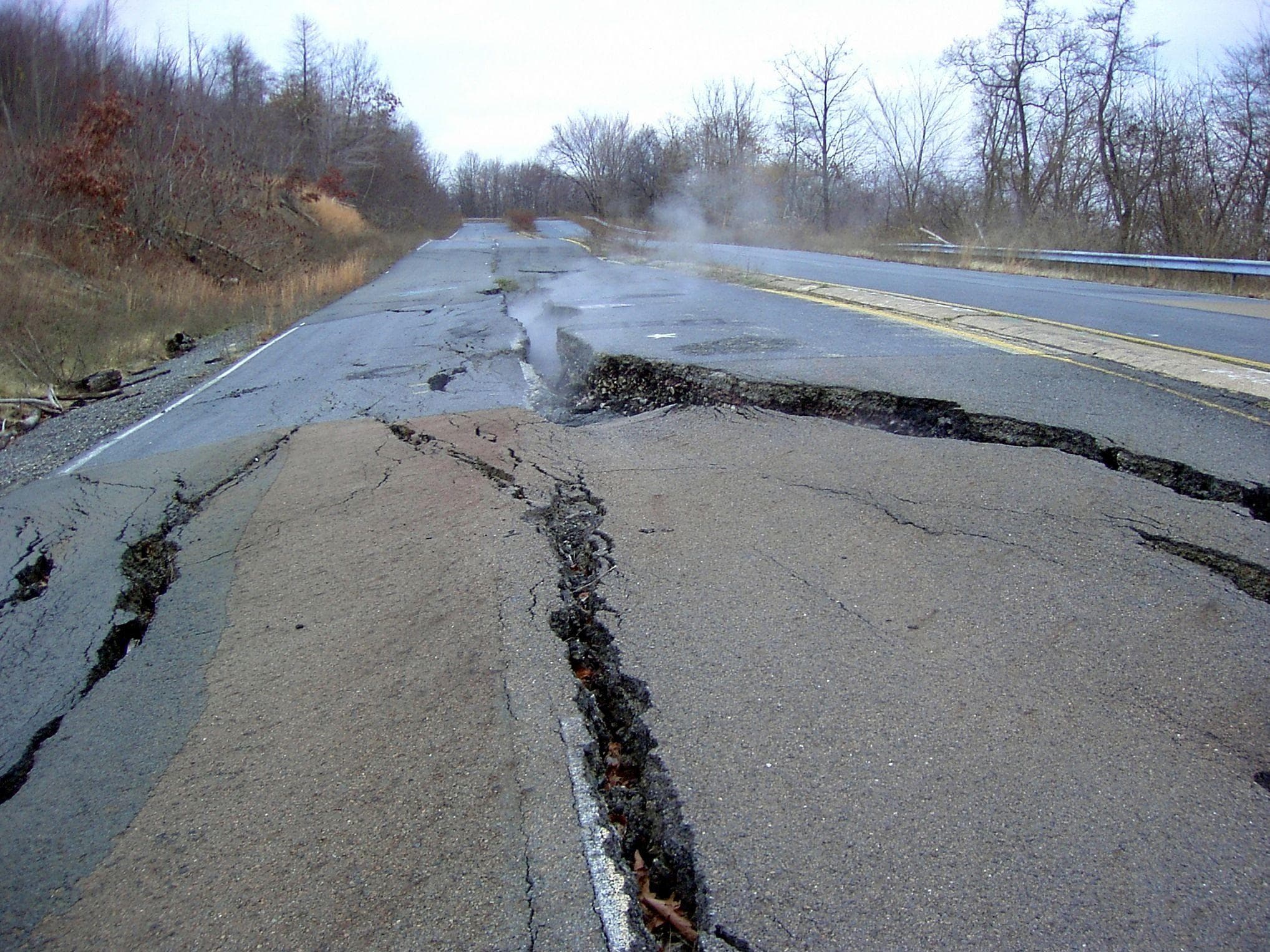-
(#10) Frogs Have Short, Backwards Tongues
Know that image you have of a frog unrolling its super long tongue like a red carpet to catch a fly? Sadly, frog tongues don’t work that way. (Childhood ruined, right?) Frogs actually have short, wide tongues similar to what we have. The only difference is that a frog’s tongue is attached backwards at the front of the mouth.
Rather than chasing down prey, frogs wait for flies or other nummy treats (by frog standards) to approach. Then the frog darts out its sticky tongue, gives its prey a smack down, and swallows it whole before the victim even sees it coming.
-
(#8) Hamsters' Cheek Pouches Extend From Mouth To Hip
Everyone knows that hamsters, chipmunks, squirrels, and the majority of furry critters store food in their cheeks. Most people don't realize how much. In first place for storing as much food as possible, hamster's cheek pouches extend all the way from their mouths to their hips.
Relative to a hamster's size, that's a whole lot of food, making them leaders in the anatomical storage space sweepstakes.
-
(#3) Argonaut Octopuses Have Detatchable Penises
In usual mating situations, the male spreads his seed and the female pretty much just lets him. Then there are Argonaut octopuses, truly unique in the animal kingdom. A male Argonaut keeps his sperm in a detachable tentacle – yes, that’s what it’s technically called – and throws said tentacle in the general direction of a female, so she can fertilize herself. After detaching his, errr, special tentacle, the male dies.
The female shows her appreciation by collecting the spermy tentacles from different ‘donors’ and fertilizing herself as often as she wants. How’s that for the most impersonal (and horrifying) mating ritual imaginable?
-
(#15) Horses Don't Have Gallbladders
Breakfast may be the most important meal of the day for people, but for horses, everything is the most important meal of the day. Unlike humans, horses need to keep eating day and night without choosing special times to splurge. They graze and graze, keeping a steady stream of healthy food in their systems, and use their livers to burn the small amounts of fat they ingest in the process.
Since horses don't need buckets of bile to break down the little fat they find within forage, their bodies have no use for gallbladders.
-
(#18) Goldfish Don't Have Stomachs
Have you ever wondered how goldfish survive off those tiny flecks of food in their tanks? Scientifically speaking, the small amount of food they ingest is the reason they can survive. Goldfish don't have stomachs, so they don't have anywhere to store larger portions of food.
Their meals travel from their mouths to their throats to their intestines. No need to explain what happens from that point.
-
(#17) Lizards Can Willingly Detach Their Tails
In a trippy form of body modification, lizards can detach their tails at will. If they feel like they're in danger, lizards drop their tails and make a run for it. Predators let them get away because they're distracted by the tail that keep wiggling long after the rest of the spinal column has fled. Lizards's tails eventually grow back, but not usually in the same color.
So if you see an orange lizard with a green tail (or vice versa), your eyes aren't playing tricks on you -- the self-mutilating lizard is.
New Random Displays Display All By Ranking
About This Tool
Fish, reptiles, birds, amphibians, mammals, and other vertebrates are the main objects of animal anatomy. They are supported by the skeletal system inside the body just like humans. The structure of vertebrates is complex and precise and is very similar to human features. Anatomy is the most direct way to understand animal structure.
When we have a good understanding of the anatomical structure of animals, we can get a good understanding of the differences in different animals without being deceived by appearance. There is an interesting collection. The random tool displays 20 weird anatomical features of common animals in daily life.
Our data comes from Ranker, If you want to participate in the ranking of items displayed on this page, please click here.
















